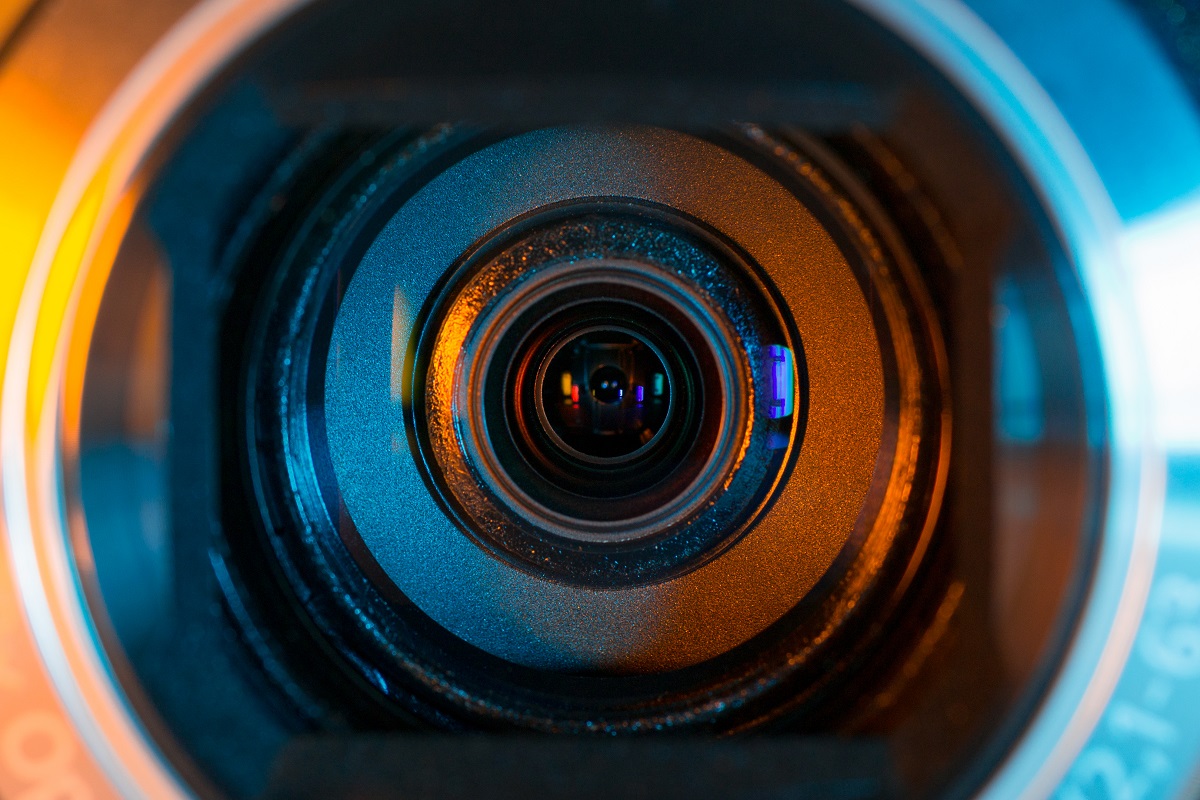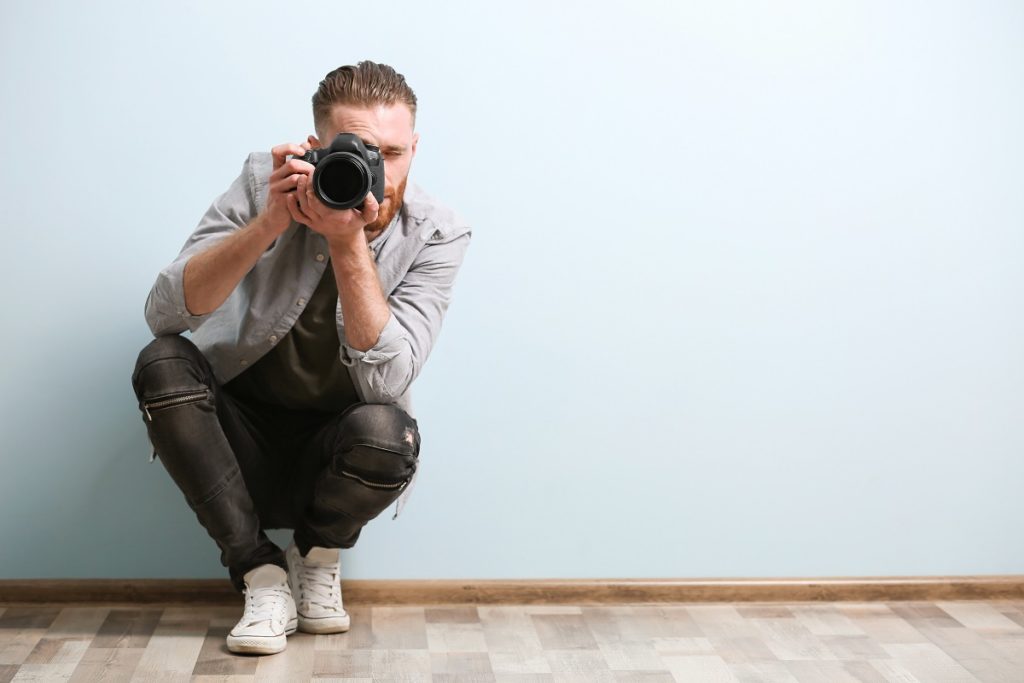Analog cameras are making a big comeback in the decade of 2020. With film and film studios’ availability to develop your shots, several millennials are taking an interest in the already considered ancient art of film photography. Instagram has invoked millennials to dive back to analog photography — with the hope that their photos will feel more authentic. According to studies, most of the photographers who shot more film than digital are under 44.
Because film photography is difficult to pull off, not a lot of people do it. Each photo feels more real, handmade, and unaltered. To get the most out of film photography, there is a certain skill level involved. You have to invest a lot of time and a lot of money to get your shots right. Not to mention most film cameras are expensive to acquire and maintain.
Maintaining a film camera is a difficult endeavor. Most casual photographers do not know what to do with a traditional analog camera after buying it. Even professionals are having a hard time keeping their own cameras protected. Nowadays, most old cameras are sold without the proper kit to maintain them. That said, listed below are some of the things you can do to take high-grade care of your camera.
Keeping It Right

The first important thing you must know about maintaining your camera is properly using and utilizing it. Not being educated enough on how to use it can cause lasting damage to your camera. Most parts, apart from being old, are analog. It means that most of its parts have to be manually adjusted. Since most film cameras are old, there is a danger of damaging the camera when misused. Researching and learning how your new “old” camera is supposed to be used should prevent unnecessary damage to your camera.
Keeping It Clean
Keeping your camera and its lenses should come second nature when using it. Since these film cameras are mostly antiques and are definitely irreplaceable, the films and photos they produce can easily deteriorate in quality due to camera dirt. Wiping them clean before and after every use is a must. Buying a manual dry pump to blow away micro dust and dirt from the camera is a good way to ensure that wiping wouldn’t harm the camera’s internal mechanisms.
Keeping It Dry
Cameras, whether they are old or new, are extremely vulnerable to moisture. Moisture damages cameras easily and can lead to mold buildup. Prolonged exposure to humidity will encourage mold and other fungi to grow inside the lens. Rust is also a common enemy of metal-plated parts of the camera. While most of these can be removed, the time it will take to repair it will be costly.
Like the industry standard moisture prevention material for industrial flooring, a vacuum-sealed and protective case that prevents moisture from building up will help protect your camera from such a problem. Investing in a great container lined with the appropriate anti-humidity sealers. If push comes to shove, storing your cameras and lenses inside vacuum-sealed plastic bags are a cheap way to keep them dry.
Keeping It Safe
Storing your cameras inside protective hard cases to shelter the cameras from sand, dust, and other hard objects is necessary. Hard surfaces easily damage cameras and lenses. Scratches are the most common damage cameras and lenses incur. Keeping your cameras in a hard case that can protect them against the elements and shaking will keep your equipment lean.
While old cameras are making a comeback, many are still familiar with how to take care of them. Ensuring that they are protected from the cameras’ common nemeses will ensure that your photography would go without a hitch.

